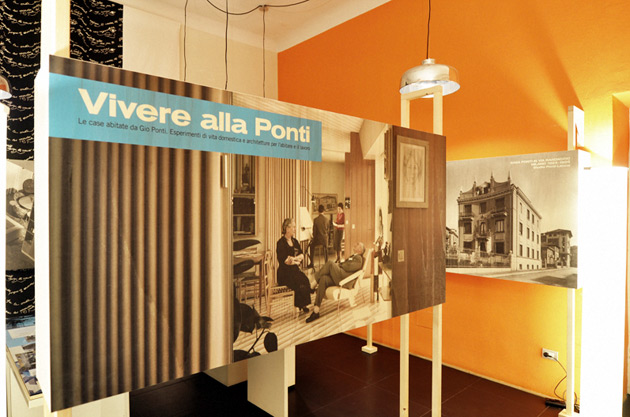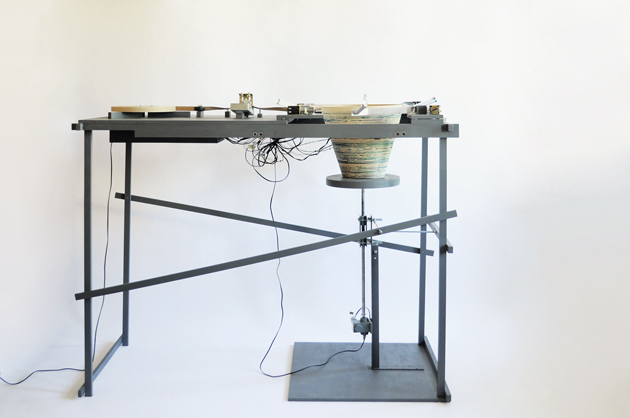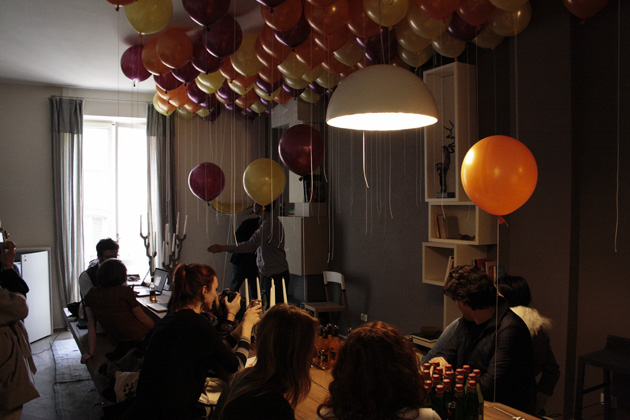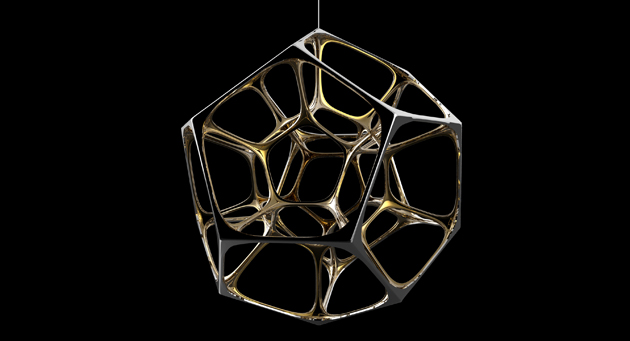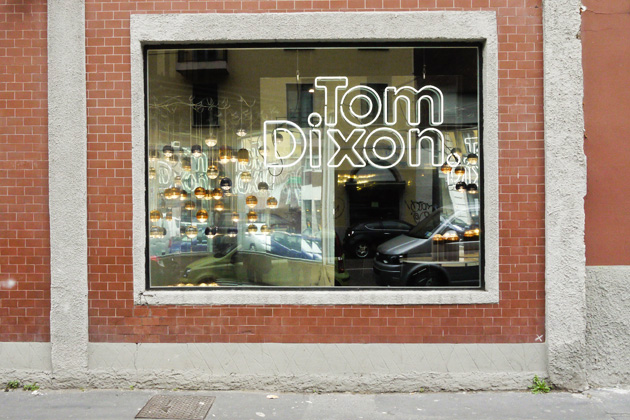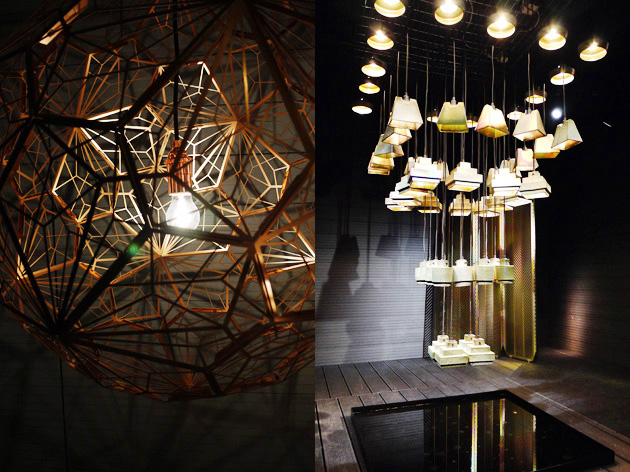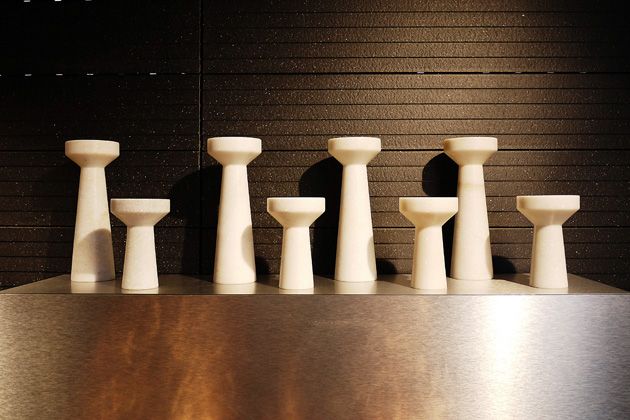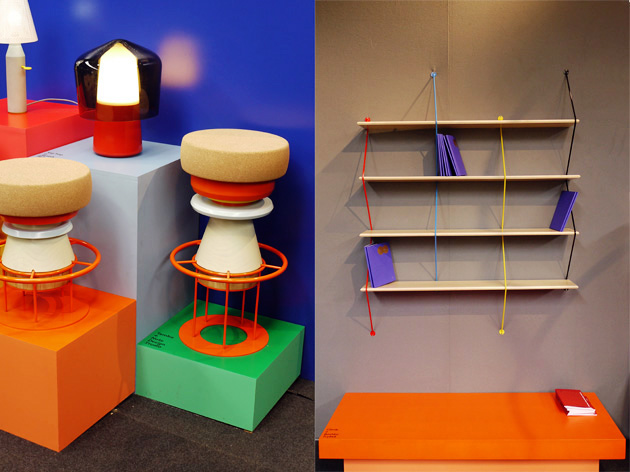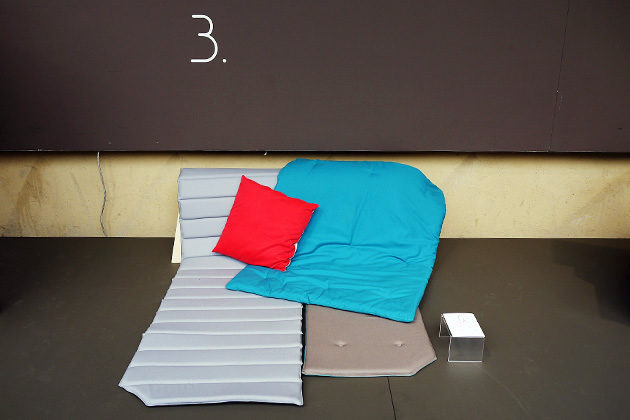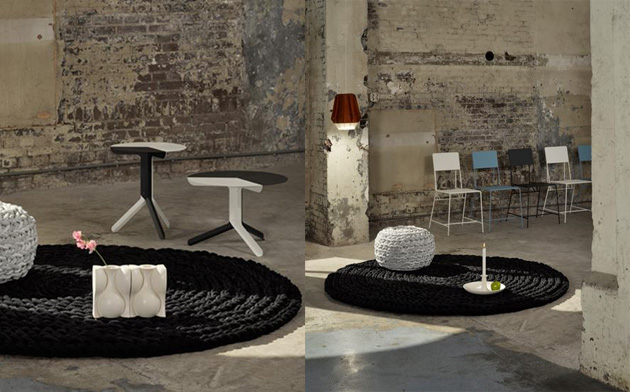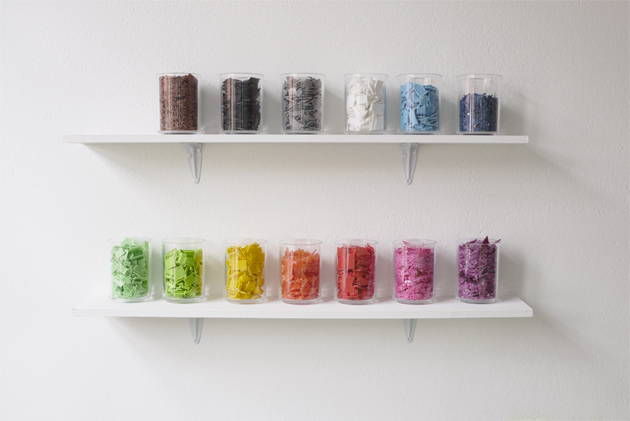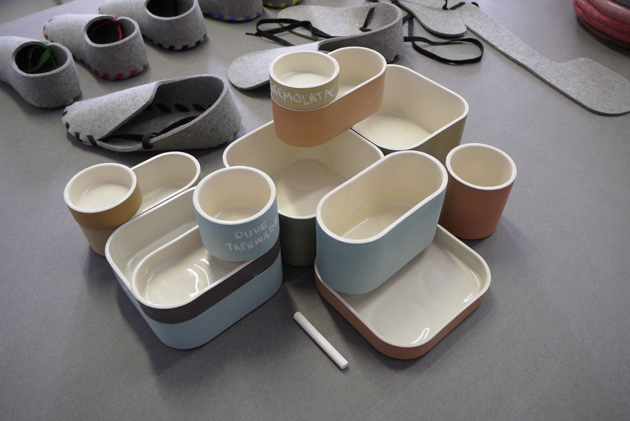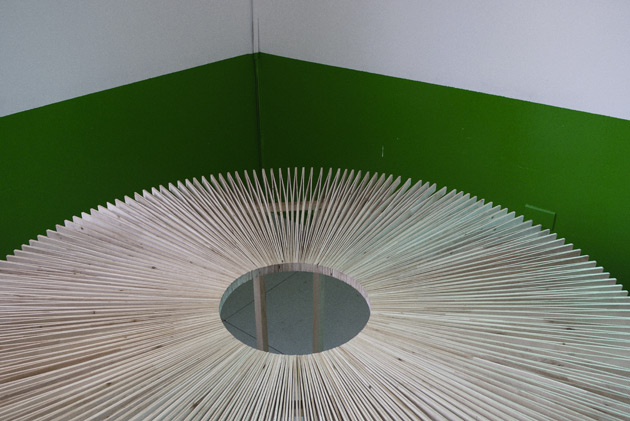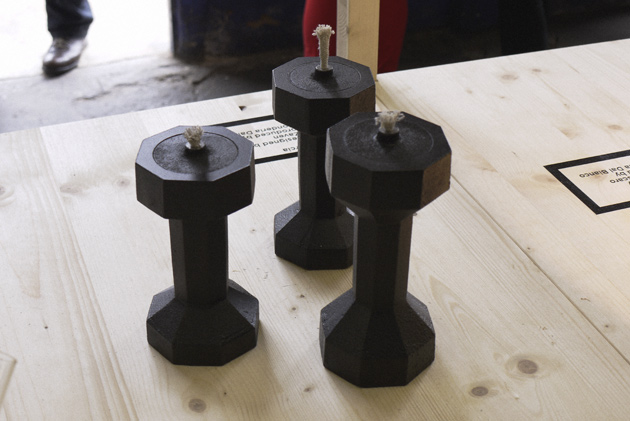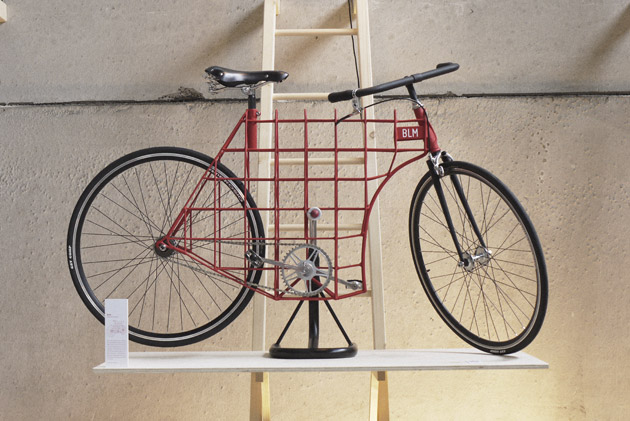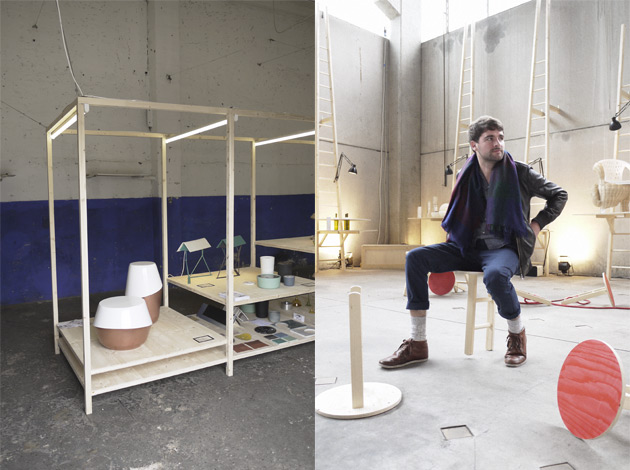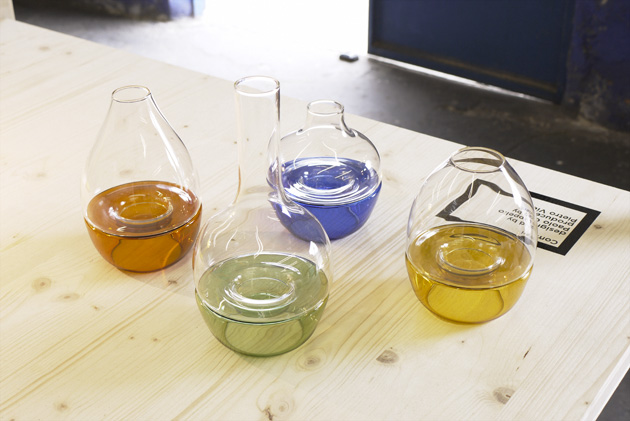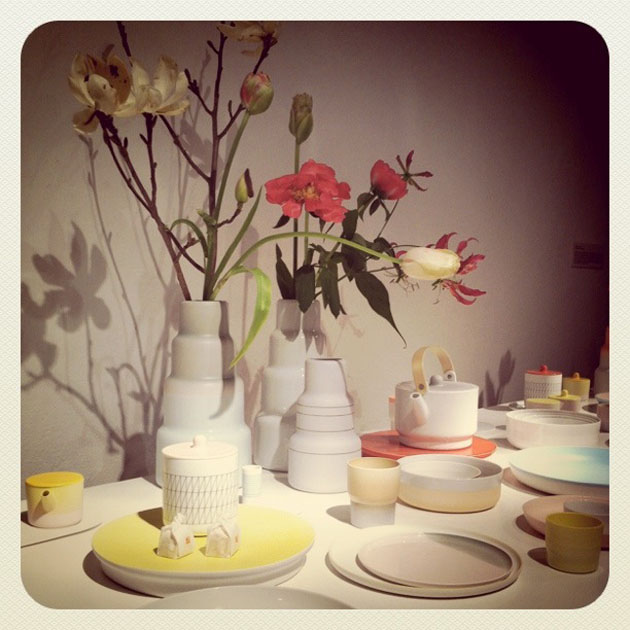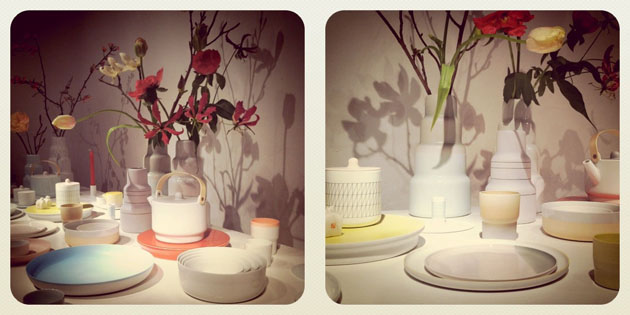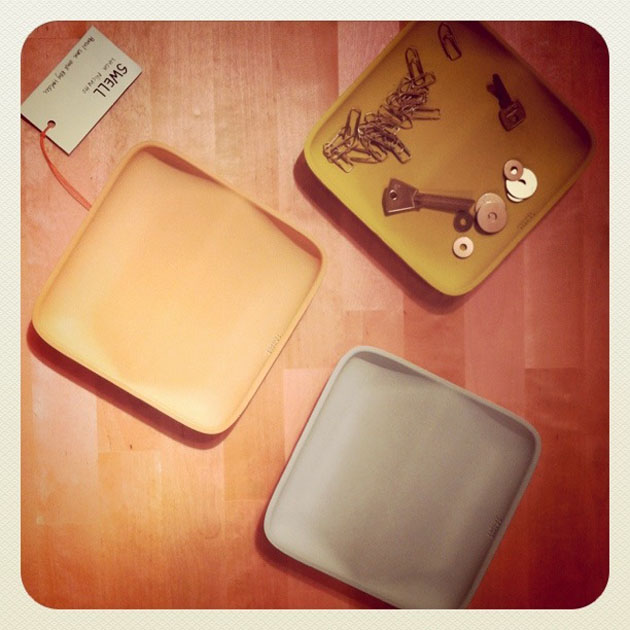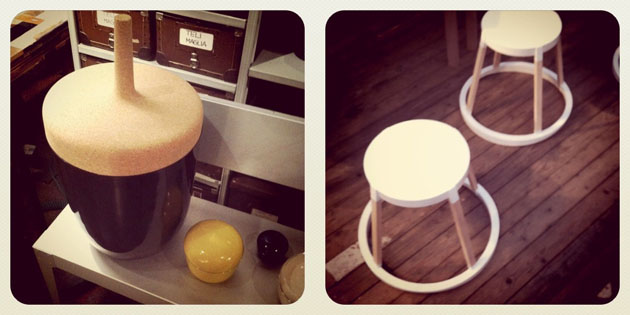Salone 2012 – European Design Schools
Even though Italian design has always been a symbol of excellence and Italian designers have set up the standards for international practices, lately the Italian schools of design haven’t been really making much of an impression. You really get to realize the difficult situation in italian design education when you compare them to their international equivalents.
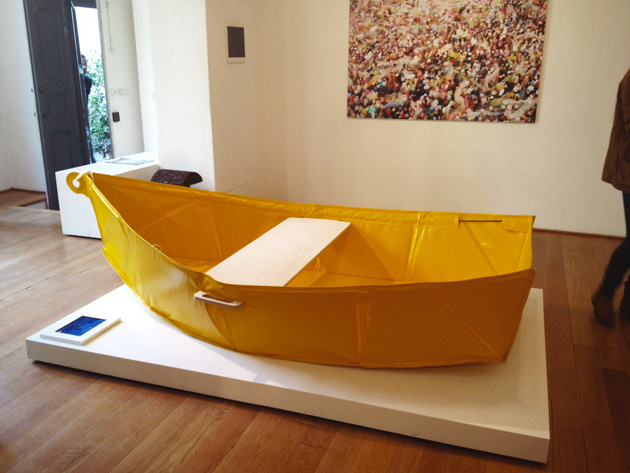
What has made us think about this, is our today’s visit at two European design schools’ exhibitions. The first one, named Too Cool For School and Hot Tools, was organized by the Swiss ECAL school. Held at the lovely Spazio Orso at Brera district, the exhibition showcased the projects made by all of the school’s departments. Thus you could see projects like a foldable boat, perfect for the short picnics at the lake in Lausanne, beautiful Narciso vases that accentuate the flower’s beauty, or a series of glass objects done during a workshop with Ronan Bouroullec and the artisan Matteo Gonet.
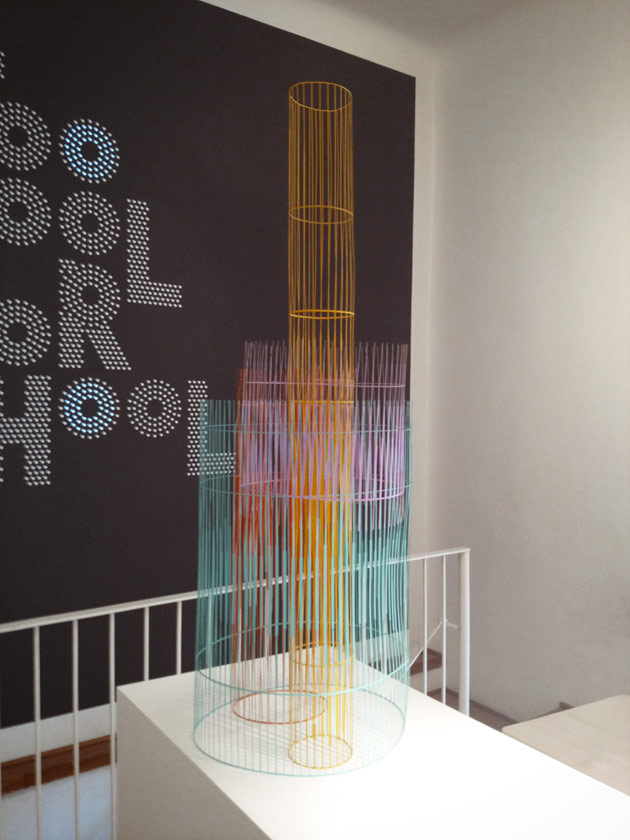
The other design school we have managed to visit around Milan, was the Dutch Design Academy Eindhoven. Presenting a selection of 50 graduate projects in an exhibition curated by Ilse Crawford held at Studio Zeta. The main theme connecting all of the selected project was the relationship between life and desire. The exhibition strongly reflected the social and relational qualities of design, and reflected the young designers’ connection to their environment.
After these two great shows, we couldn’t but think how Italian schools really are ages away from this level of quality. It’s difficult to accept the fact, considering that some of the most important design companies are still Italian, but maybe a slight critique towards our educational system should give a boost towards a major change.
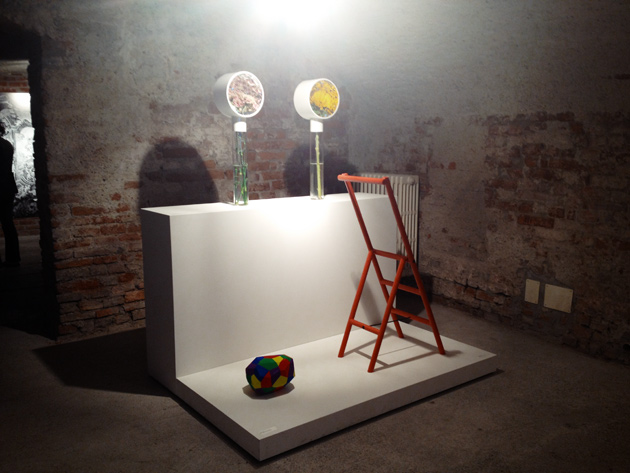
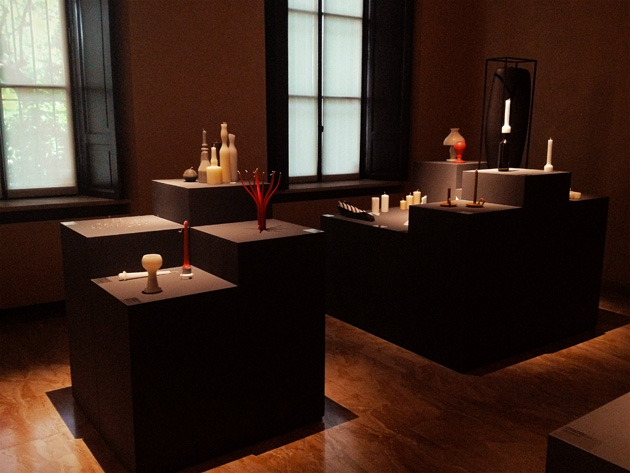
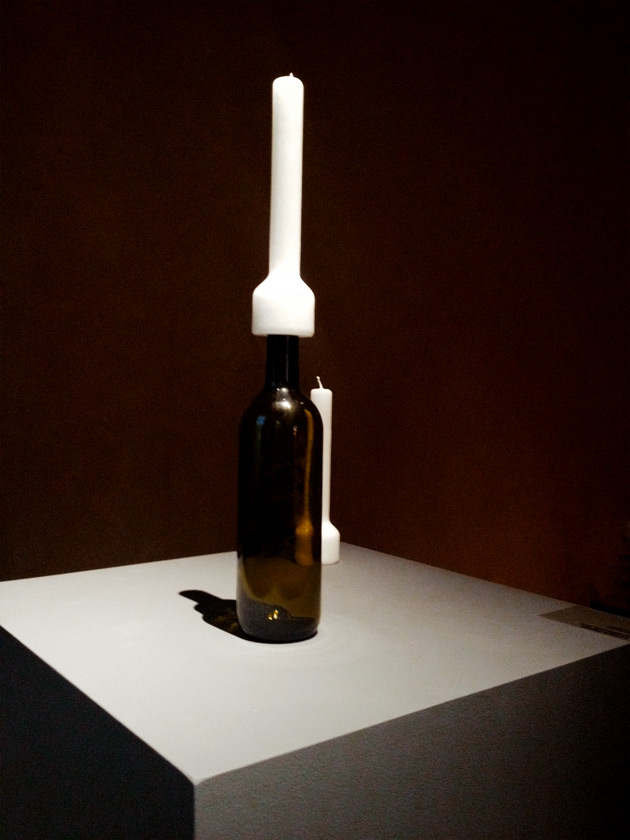

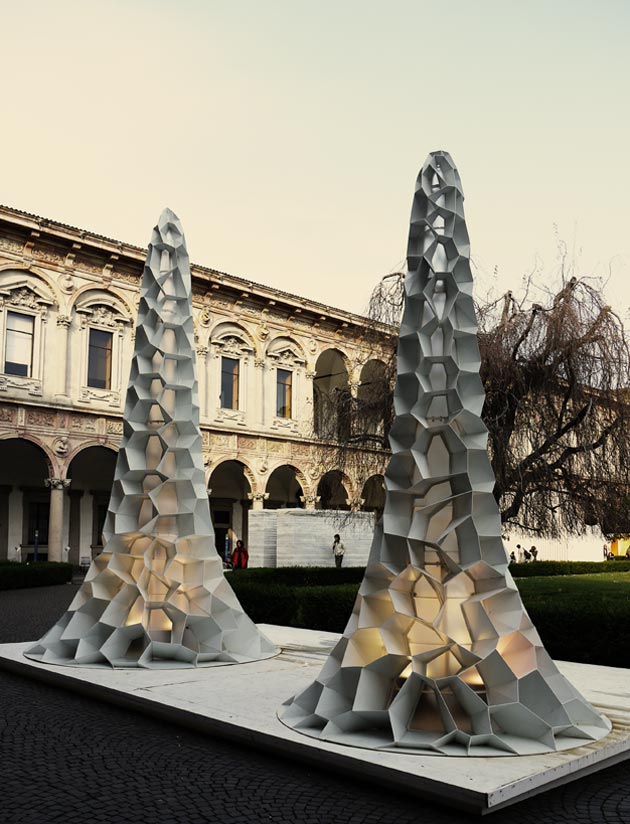
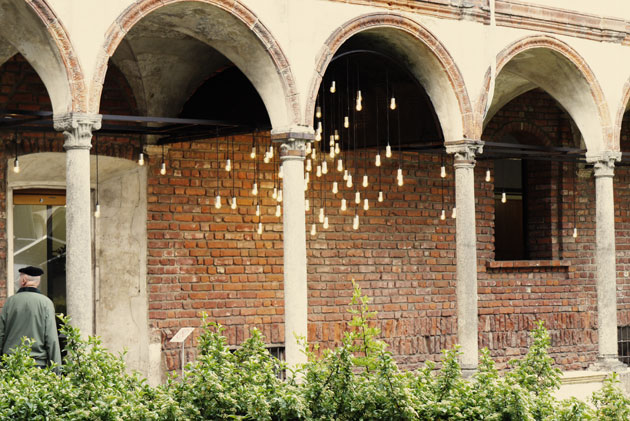
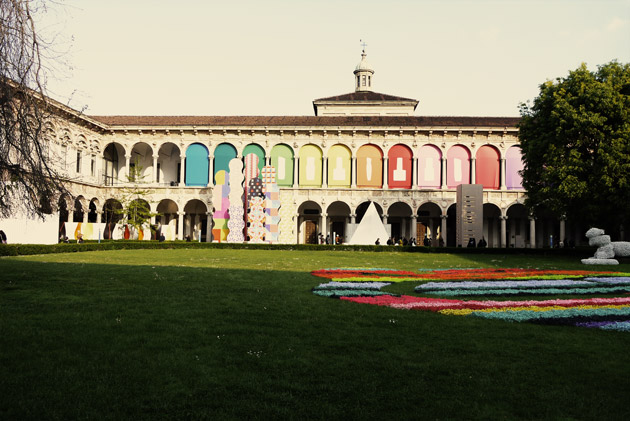

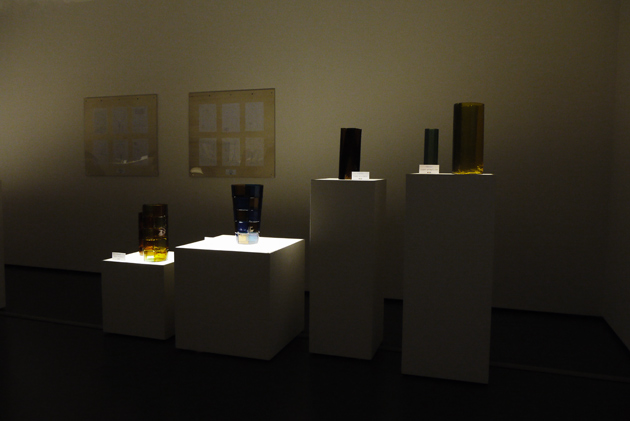
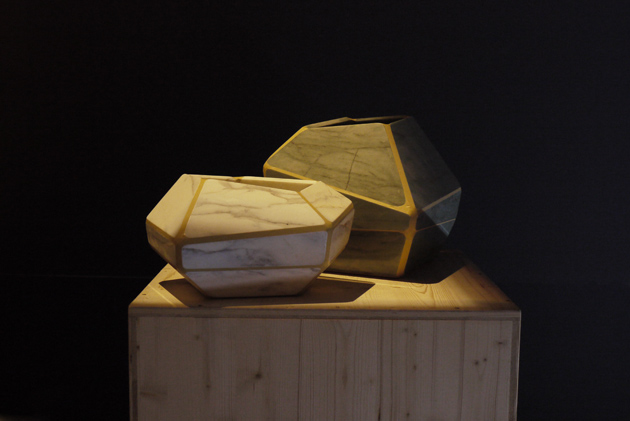 Rujana Rebernjak
Rujana Rebernjak